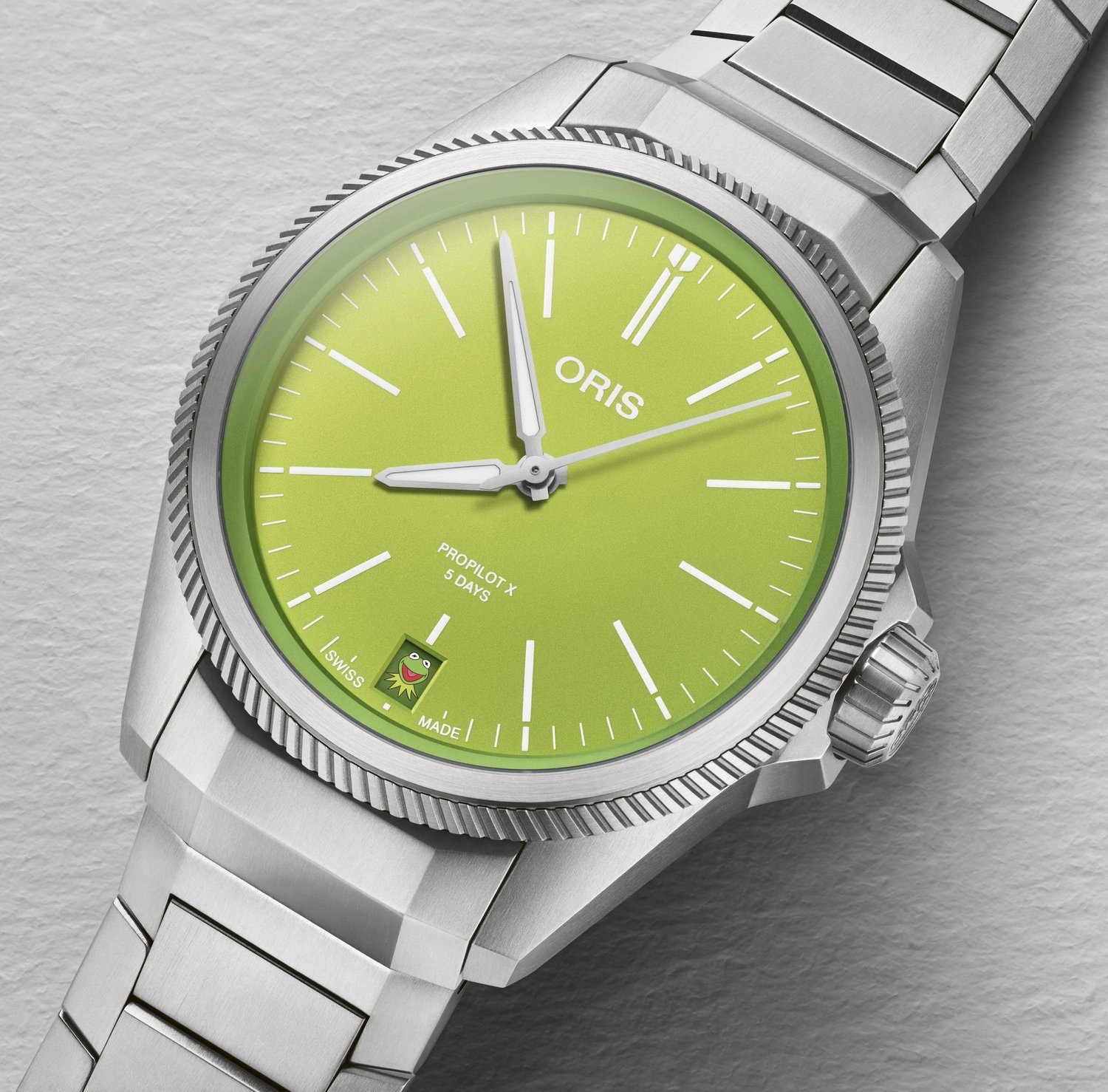Brand Spotlight: Oris, a Dive Into 120 years of Swiss Watchmaking
In December of 2022, I received my first ever watch as a gift for my Bar Mitzvah, the traditional ceremony in Judaism that marks the shift into adulthood. The watch, an Oris Diver’s Sixty-Five, featuring a stunning green dial with a date window, bronze outer-bezel and a 38-hour power reserve. The timepiece highlighted the principles I strive to embody, and ignited my passion and understanding of what it means to truly appreciate the art of horology.
Oris Diver's Sixty-Five, ref. 01 733 7707 4357-07 8 20 18
A Brief History Lesson: On June 1st of 1904, Paul Cattin and Georges Christian of Hölstein, Switzerland, partnered up with the local mayor to revive a failed watch company. Inspired by a stream that flowed near the workshop they named the company Oris, showcasing the company’s relationship to nature, and highlighting the role the natural world plays in creative design. By 1911, Oris had opened 2 new factories in Switzerland and Italy, and scaled their workforce from 67 employees to more than 300.
In 1934, the government of Switzerland imposed the Watch Statute, a law that was intended to regulate every aspect of Swiss watch production. The law placed a halt on Oris horological capabilities, preventing companies from introducing new technology without asking for permission. Many tried to oppose the law, yet saw no real progress. In 1956, the company took matters into their own hands. General Manager Oscar Herzog hired a lawyer to work at the company for the sole purpose of reversing the law. Slowly the statute changed, eventually leading to the abolition of it in 1971.
Oris Factory in the Mid 1900s
The Road to Independence: In 1969, the world’s first ever quartz watch was unveiled by Seiko, a cheaper and more accurate variant to automatic and mechanical watchmaking. The invention sent independent watchmakers into pandemonium within weeks, fearing that the quartz revolution would take over watchmaking as a whole. In 1970, Oris was no longer an independent brand, and belonged to a company called Allgemeine Schweizer Uhrenindustrie AG, the predecessor of the Swatch Group. A year later, Oris had completely abandoned their own movements and completely converted to using quartz powered batteries. While it seemed like the art of independent watch making had come to an end for Oris, the company took an unexpected turn. In 1982, managing director Dr. Rolf Portmann and head of marketing Ulrich W. Herzog organized a management buyout, in which the company would regain its timepiece autonomy. By 1992, the company had fully parted with quartz-powered movements and was back to perfecting the art of mechanical watchmaking.
Dr. Rolf Portmann, Regarded as the Savior of Oris During the 1980's
Oris in the 21st Century: Since the year 2000, Oris has made new and exciting changes to their watches, incorporating innovative technology. In 2002, the red rotor on their movements became the trademark of the company, along with the addition of the “Oris Bear” in 2005. For their 110th anniversary, Oris unveiled its Calibre 110, a movement capable of harnessing an astonishing 10-day power reserve. As serious as this was, the company also takes a fun and creative approach when it comes to product output. Just last year, the ‘Kermit the Frog’ Propilot X was released, featuring their signature 400 calibre movement, a 120-hour power reserve, and the bright green muppet we all know and love hiding in the date window. If the notion that the road to success isn’t easy, then let Oris be the example. For an impressive 120 years, the company has managed to turn what was once a failing brand, into a pioneering example of state-of-the-art watchmaking.
The Oris Propilot X "Kermit", Featuring a Bright Green Dial with Kermit the Frog at the Date Window- $4,900




